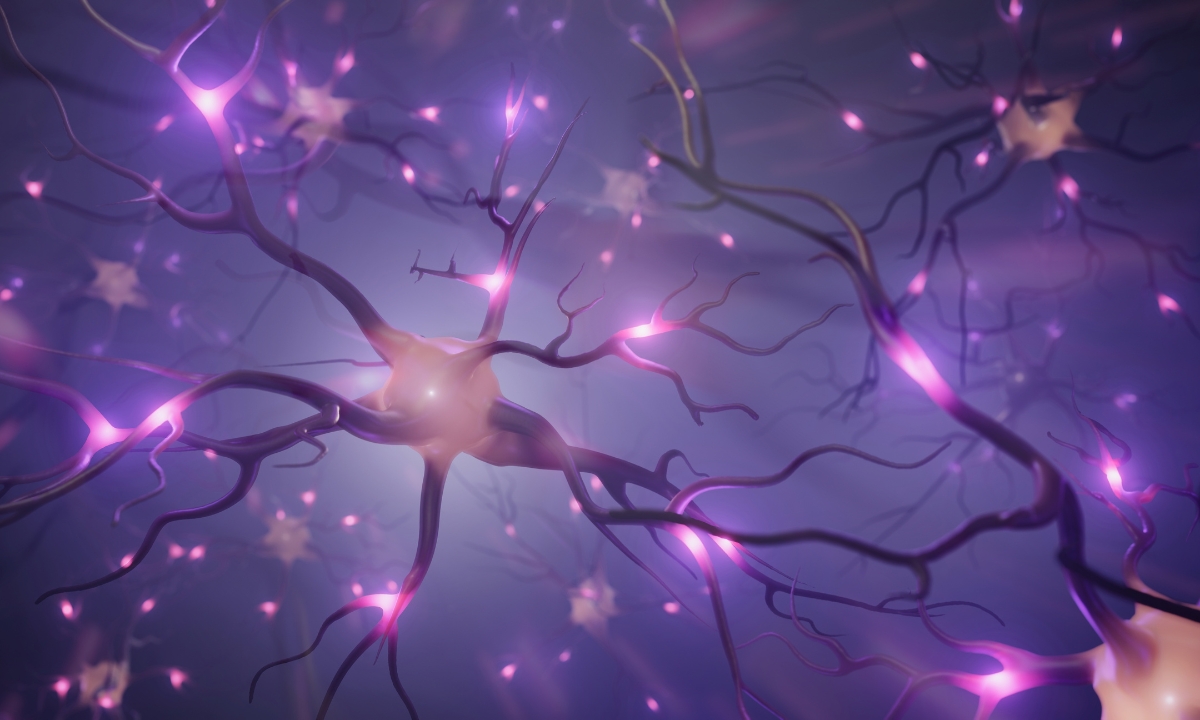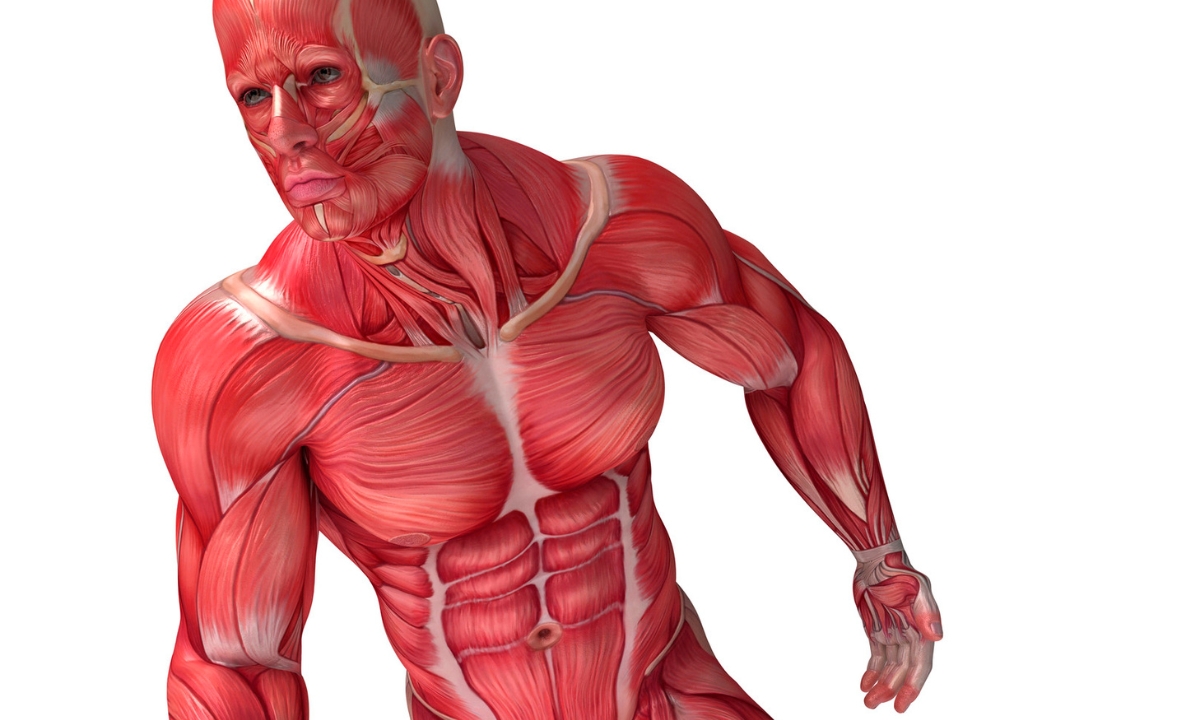“Movement is a medicine for creating change.” – Carol Welch, movement therapist.
Have you ever had a doctor tap your knee with a small hammer, causing your leg to jerk involuntarily? This seemingly simple act is actually a window into your nervous system, a way to assess the intricate communication between your brain, nerves, and muscles.
These knee jerks, along with similar reflexes in your elbow, ankle, and other areas, are called deep tendon reflexes (DTRs). While these reflexes may seem like a minor curiosity, they hold hidden power, revealing valuable information about your nervous system health.

Deep Tendon Reflexes: What Are They?
This seemingly simple response known as the knee jerk reflex is just one fascinating example of a deep tendon reflex, or DTR. And these DTRs offer a glimpse into the intricate workings that are a vital part of your nervous system’s communication network.
DTRs and the Reflex Arc: A Pathway to Action
Imagine a dedicated highway within your body. This highway, called the reflex arc, allows for a rapid, automatic response without involving the brain. Here are the five steps that make the arc:
- The Stretch Alert: Special receptors in your muscles called muscle spindles act as sentinels, constantly monitoring muscle length. When a sudden stretch occurs, like the tap on your knee tendon, these muscle spindles send an electrical signal.
- The Message Carrier: This signal travels through a sensory neuron, acting like a messenger, towards your spinal cord.
- Spinal Decision Center: The message reaches the spinal cord, the central hub of communication. Unlike other messages that might travel to the brain, the reflex arc allows for a local decision.
- Direct Line to Action: In a healthy reflex, the signal doesn’t need to reach the brain for processing. Instead, it directly activates a motor neuron within the spinal cord.
- Muscle Activation: The activated motor neuron sends a return signal back to the muscle, triggering it to contract. This contraction results in the observed reflex jerk, in this case, the extension of your leg.
The Power of Speed
The beauty of DTRs lies in their speed and efficiency. Bypassing the brain allows for an immediate response, crucial for maintaining balance, posture, and protecting your joints. For example, imagine accidentally tripping – the rapid activation of your leg muscles through a DTR can help you regain balance and prevent a fall.

The Reflex Arc: A Dance of Neurons
Going deeper into the fascinating mechanism behind deep tendon reflexes we see that it all starts with a reflex arc, a dedicated neural pathway that facilitates the automatic response. Here’s the breakdown:
- Stimulus: When a doctor taps your tendon, a specialized receptor in the muscle called a muscle spindle detects the rapid stretch.
- Sensory Neuron: The muscle spindle sends a signal via a sensory neuron to your spinal cord.
- Spinal Cord Integration: This signal reaches the spinal cord, where it interacts with other neurons. In a healthy reflex, it directly activates a motor neuron without reaching the brain.
- Motor Response: The activated motor neuron sends a signal back to the muscle, causing it to contract, resulting in the observed reflex jerk.
This entire process happens incredibly fast, bypassing the brain and allowing for a rapid, protective response. For example, the knee jerk reflex helps your leg muscles stiffen and stabilize the joint in response to a potential impact.
Grading Deep Tendon Reflexes: A Doctor’s Toolkit
During a physical examination, doctors use a standardized scale to grade DTRs. This grading system helps assess the integrity of your reflex arc and identify potential nervous system dysfunction. Here’s what the grades typically indicate:
- 0 (Absent): No reflex response observed, which could suggest nerve damage or a problem in the spinal cord.
- 1 (Hyporeflexia): A weakened reflex response, possibly indicating a neuropathy (nerve damage) or certain medications.
- 2 (Normal): A brisk, but appropriate reflex response.
- 3 (Hyperreflexia): An exaggerated reflex response, which might suggest upper motor neuron issues or certain neurological conditions.
- 4 (Clonus): Sustained rhythmic muscle contractions triggered by the reflex, indicating a serious neurological condition.
Beyond the Knee Jerk: A Symphony of Reflexes
The knee jerk might be the most well-known DTR, but there are several others that play crucial roles in maintaining balance, posture, and overall coordination. Here’s a look at some key reflexes and their functions:
- Biceps Reflex: Tapping the biceps tendon at the elbow flexes the arm, helping maintain joint stability.
- Triceps Reflex: Tapping the triceps tendon at the elbow extends the arm, assisting with coordinated movements.
- Ankle Reflex (Achilles Tendon Reflex): Tapping the Achilles tendon at the ankle plantarflexes (points) the foot, vital for maintaining balance and posture.
These are just a few examples, and a comprehensive neurological exam might assess several other DTRs.

Understanding the Language: When Reflexes Speak Volumes
While this is normally a silent conversation, DTRs can become loud if something goes wrong.
Abnormal reflexes, either weakened or exaggerated, can indicate potential issues in the communication network within the nervous system. Depending on the reflex and its response, it could point towards nerve damage, spinal cord problems, or certain neurological conditions.
The Importance of Normal DTRs
Normal DTRs indicate proper communication within the reflex arc. They ensure your nervous system can react swiftly and appropriately to maintain stability and prevent injuries. However, abnormal reflexes can be a red flag, prompting further investigation by your doctor to rule out potential underlying conditions.
Conditions Associated with Abnormal DTRs
Several conditions can affect DTRs, such as:
- Peripheral Neuropathies: Damage to nerves outside the brain and spinal cord can lead to weakened reflexes (hyporeflexia).
- Spinal Cord Injuries: Depending on the location and severity of the injury, reflexes may be absent, weak, or exaggerated.
- Multiple Sclerosis (MS): This neurological condition can cause a variety of reflex abnormalities.
- Guillain-Barre Syndrome: This autoimmune disorder affecting the nerves can lead to weak or absent reflexes.
- Brain Injuries: Depending on the area affected, brain injuries can impact reflex responses.
Deep Tendon Reflexes: More Than Just a Jerk
While the tap of a hammer might seem simple, it unlocks a window into the complex world of your nervous system. Deep tendon reflexes are valuable tools for healthcare professionals, offering crucial insights into your neurological health.
Understanding the hidden power of these reflexes can contribute to early detection of potential problems and ultimately, guide you towards a healthier future.

Maintaining Musculoskeletal Health Starts with Pain and Performance Solutions
As we’ve pointed out here, normal DTRs demonstrate a healthy “conversation” between your muscles, nerves, and spinal cord. Understanding these reflexes and their role in your body’s language helps you to appreciate the complex yet efficient system that keeps us moving and protected.
However, if you have any concerns about your reflexes or experience changes in muscle function, consult a doctor or certified therapist for a comprehensive evaluation. They can conduct a comprehensive examination, including assessing your DTRs, to determine the root cause and recommend the most appropriate course of treatment
At Pain and Performance Solutions, our team of experts is well-versed in the science behind proprioceptive deep tendon reflex. Through the neurological approach of Proprioceptive Deep Tendon Reflex, or P-DTR, we can accurately assess and treat movement dysfunctions within your body’s functional neurology system.
By targeting specific receptors responsible for muscle function, proprioception, and sensory input, we are able to create lasting changes that promote optimal musculoskeletal health. Contact Pain and Performance Solutions today and let us help you regain comfort in your life.
